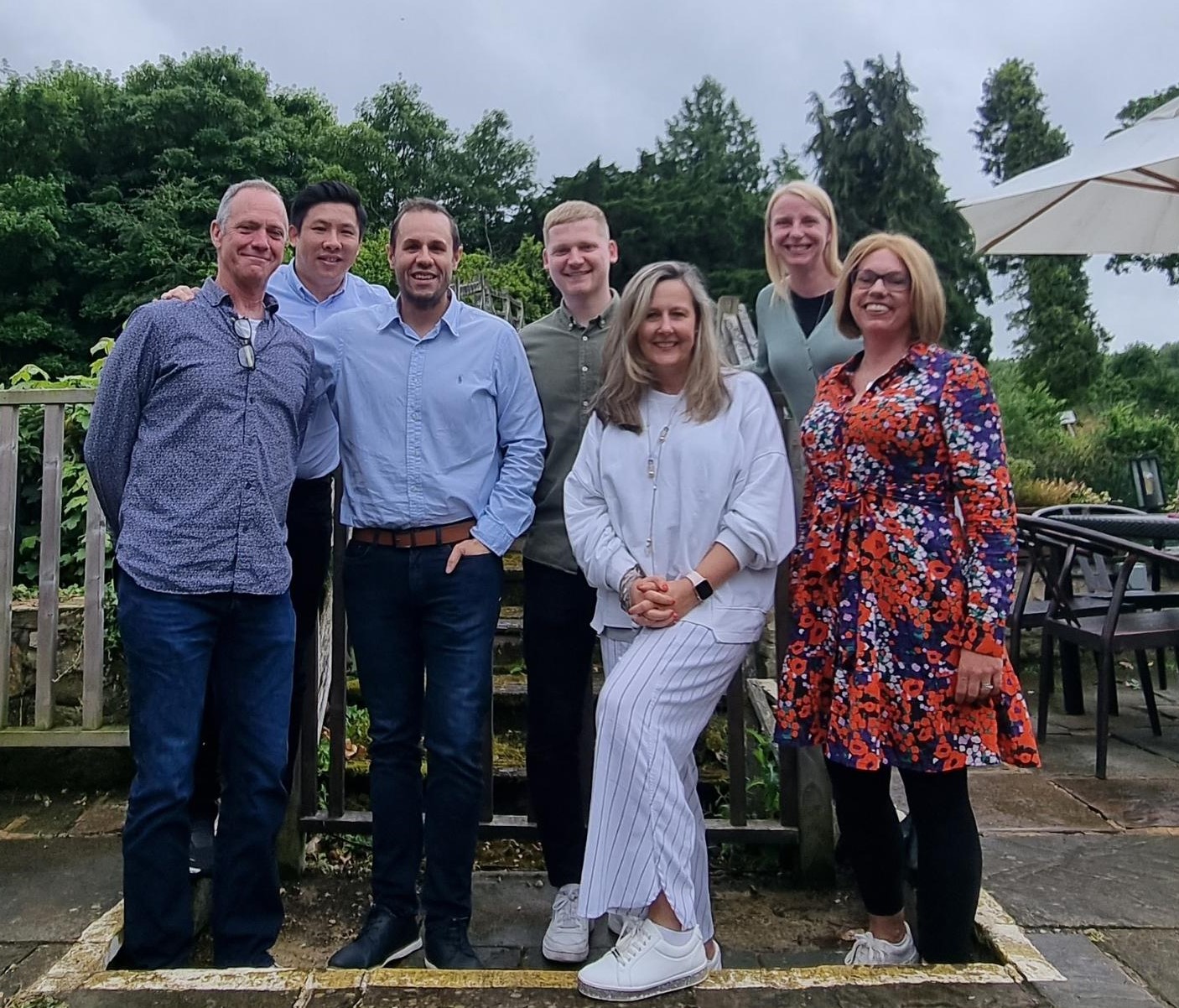Annual employee surveys have long been a staple of measuring engagement within organisations. However, as work environments grow increasingly dynamic, annual snapshots are arguably no longer sufficient to capture the pulse of the workplace. Continuous listening, in contrast, is a valuable tool in employee engagement strategies. By leveraging tools like unlimited pulse surveys, organisations can move beyond static measurements to create dynamic, real-time feedback systems that keep employees motivated and connected throughout the year.
Why annual surveys may no longer suffice
The world of work has shifted dramatically over the past few years. Hybrid working arrangements, evolving employee expectations, and the complexities of post-pandemic workplaces require organisations to adapt. Traditional annual engagement surveys simply cannot keep pace with these rapid changes. By the time results are analysed and actioned, the data is often outdated, leaving organisations to play catch-up.
The power of continuous listening
Continuous listening is a strategy for capturing and responding to employee feedback on an ongoing basis. This can take the form of regular pulse surveys, open-ended feedback channels, and tailored engagement initiatives designed to identify and address employee needs in real time.
This method doesn’t only collect data; it actively fosters trust and builds a culture of openness. Employees feel heard and valued when their organisation takes a consistent interest in their opinions and wellbeing. Over time, this approach can lead to higher retention rates, stronger workplace culture, and ultimately, improved organisational performance.
Benefits of continuous feedback systems
- Real-time insights: tools like pulse surveys gather feedback frequently, enabling swift responses to challenges as they arise.
- Improved decision-making: continuous feedback allows business leaders to make informed decisions quickly, staying ahead of potential issues.
- Strengthened employee trust: creating an ongoing dialogue reinforces employee confidence in leadership and the organisation.
- Enhanced engagement: employees are more motivated when they see tangible actions resulting from their feedback.
Continuous listening in practice
If you’re ready to introduce continuous listening to your organisation, here’s how to get started:
- Set clear goals: define what you want to achieve with your feedback system, whether it’s improving team cohesion, reducing turnover, or enhancing workplace culture.
- Invest in the right tools: choose a flexible, data-driven platform that makes it easy to send pulse surveys, analyse results, and implement actionable insights.
- Start small, scale fast: begin with regular feedback from a smaller sample size, refine the process, and expand to the entire organisation once the system is in place.
- Collaborate across teams: work with HR, management, and employee groups to identify areas of improvement and design meaningful interventions.
- Communicate transparently: share survey results with employees regularly and follow through with clearly outlined action steps.
- Get the support you need: consider using the services of an external organisation to help you analyse the data and make strategic decisions.
Continuous listening – the results
The ultimate competitive advantage of continuous listening lies in its ability to create lasting engagement. When employees know their voices are heard and their concerns are acted upon, they take greater pride in, and ownership of, their roles. This drives not only individual performance but also organisational growth, fostering an engaged workforce.
The backbone of any successful continuous listening strategy is the technology used to gather the survey data. Platforms designed for real-time employee engagement make it possible to collect and interpret data effectively. Tools like pulse surveys, intuitive dashboards, and reporting capabilities allow organisations to track trends over time, enabling both micro-level changes and broader strategic shifts.
While employee survey technology facilitates the collection of data, interpreting this information and making strategic decisions requires specialised expertise – and that’s where we come in. By combining the knowledge of our expert business psychologists with our advanced survey platform, we go beyond surface-level insights. Our approach helps measure employee satisfaction, track progress over time, and identify actionable changes that drive meaningful improvement within organisations.
Want to see how it works? Book a demo of our survey platform, and get to know our surveys team.





















